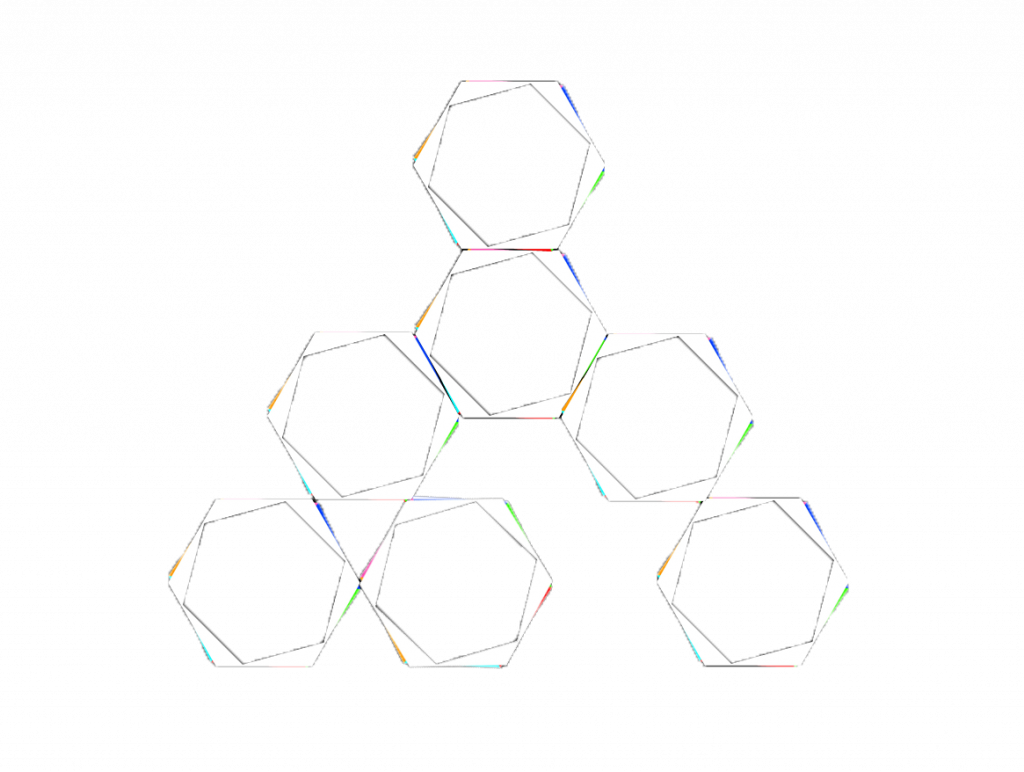Mini-Heap
New links added lately to the Heap…

- “A box much lighter than the others, nearly falling to pieces with a red cloth hanging out on all sides, caught my attention. Opening it gently, I was met with a face” — the discovery of Spinoza’s death mask
- “The unlived life is not worth examining” — aphorisms of the late great popularizer of philosophy, Bryan Magee
- John Locke’s pancakes recipe. Seriously. — be warned: between the cream, freshly grated nutmeg, and orange-flower water it will be hard to leave enough and as good for others
- In development: “Nietzsche! The Musical” — “Time and again, he reached for a way to love life… His story of struggle and affirmation carries relevance for our time”
- Experimental confirmation of Hume’s ideas about imagination and perception? — “reality and imagination are completely intermixed in our brain which means that the separation between our inner world and the outside world is not as clear as we might like to think”
- “The result is an agent with the ability to succeed at a wide spectrum of tasks” — Google’s significant progress training AI agents in a multiplayer environment “meant to simulate the physical world” and that involves “complex, non-linear interactions” (via MR)
- “Long Covid” raises issues in bio-medical ethics, philosophy of medicine, philosophy of disability, business ethics — Gregory Pence (Alabama) surveys some of the facts and questions related to a condition millions are suffering from
Mini-Heap posts usually appear when 7 or so new items accumulate in the Heap of Links, the collection of items from around the web that may be of interest to philosophers. Discussion welcome.
The Heap of Links consists partly of suggestions from readers; if you find something online that you think would be of interest to the philosophical community, please send it in for consideration for the Heap. Thanks!



Locke says to beat the cream, eggs and flour for a quarter hour. This should put this rubbish about him being lazy to rest.
I’ll wager he delegated the beating.
I like to imagine him saying “Damaris, today I’m making the best pancakes you’ve ever eaten in your life for you and the crew. It will take a while though.”
No, because mixing is not labor. Recall that one’s labor is an ingredient to be mixed into other ingredients (eg houses, cities, two rivers, a continent) thereby giving you ownership of them: you acquire title to, eg, North America, by mixing your labor into it.
But since 1) any act of mixing itself stands in a different metaphysical category than any of the mixable or mixed ingredients, and 2) we know that labor, like houses, cement, and nutmeg, is a mixable or mixed ingredient, it follows that 3) the act of mixing cannot itself be a form of labor. This distinction is laid out very clearly in Alexander of Aphrodisias’ treatise “Peri Mixeôs kai Miktôn.”
So, no matter how much he mixed these pancake ingredients, he did not labor at it, nor did he gain title over the batter, unless he secretly added an unlisted ingredient, sc. his labor. Which we may hope he did not, since then no orange-water could sweeten the taste.
Are we being a bit credulous about the alleged death mask of Spinoza?
That article said nothing about chain of custody, to begin with: why think this artifact can be traced back to his face? Who owned it before this owner, and what proof of provenance accompanied the transfer? Next, contemporary accounts: do we have a record of his death, telling us that someone took a mask of his face after his death? Does it specify who took possession at the time? Now, consider the artifact’s resemblance to Spinoza: given our stock of portraits of him, and given the relatively regular changes that aging and dying impose on a face, is this a plausible likeness? Given this mask, would forensic anthropologists reconstruct an age-regressed face that looked like the BS whom we know from portraits?
Perhaps there are good answers to these questions, but they were not in that brief post from Columbia. Without more historical documentation, I see little reason to think that what was discovered is the death mask of Spinoza, rather than some death mask of some other person. Familiarity with the trade in relics of saints would instill greater skepticism.